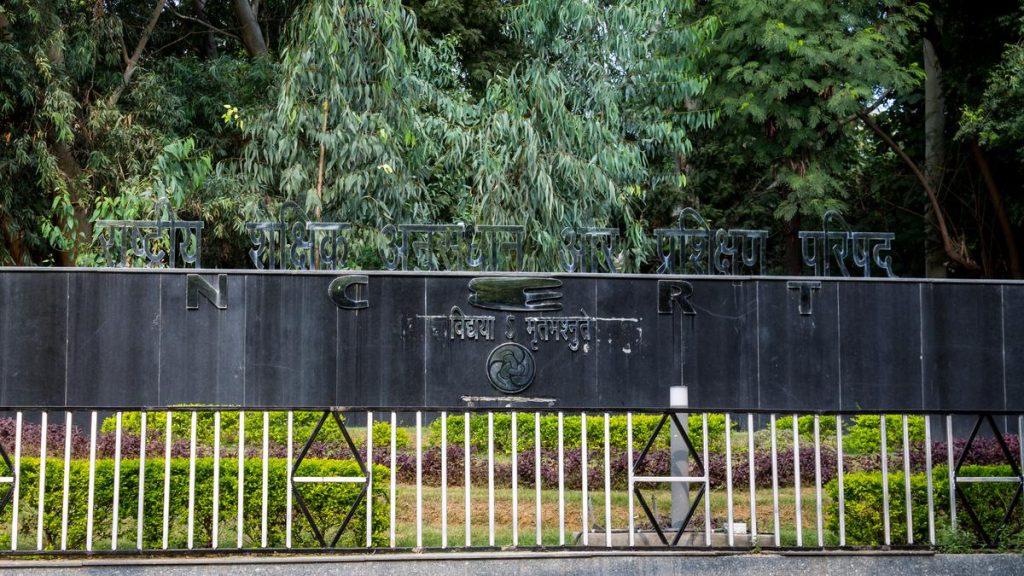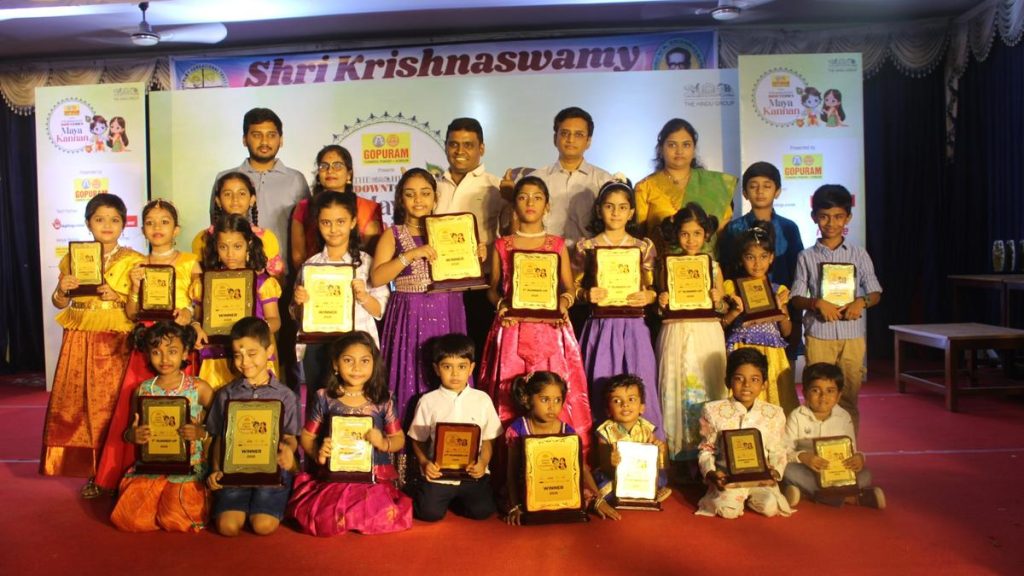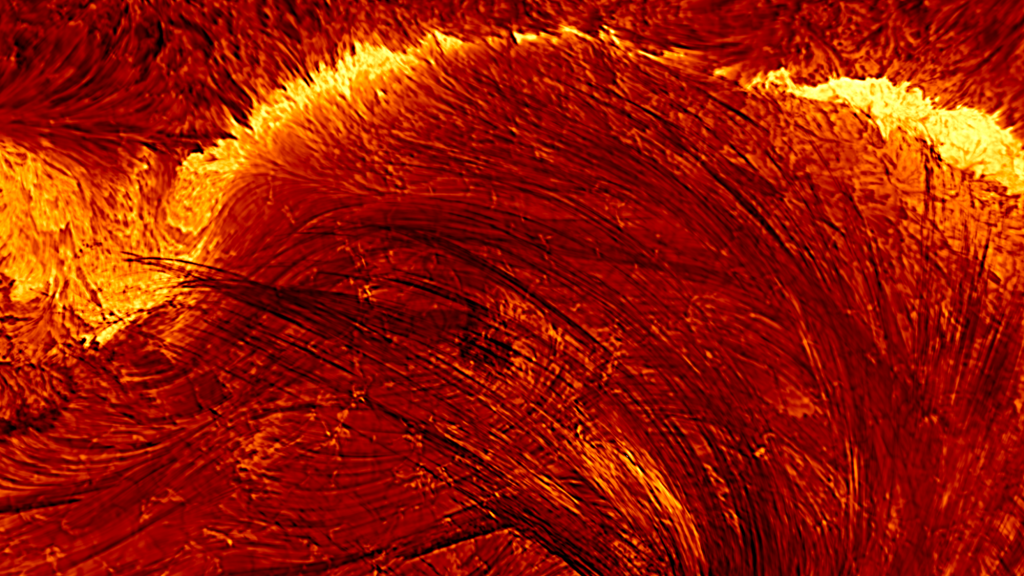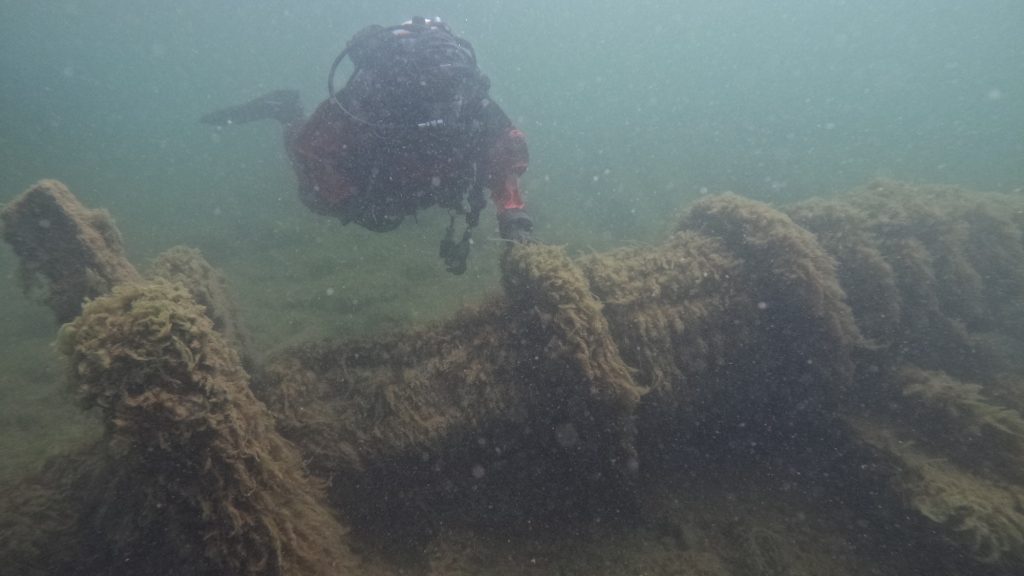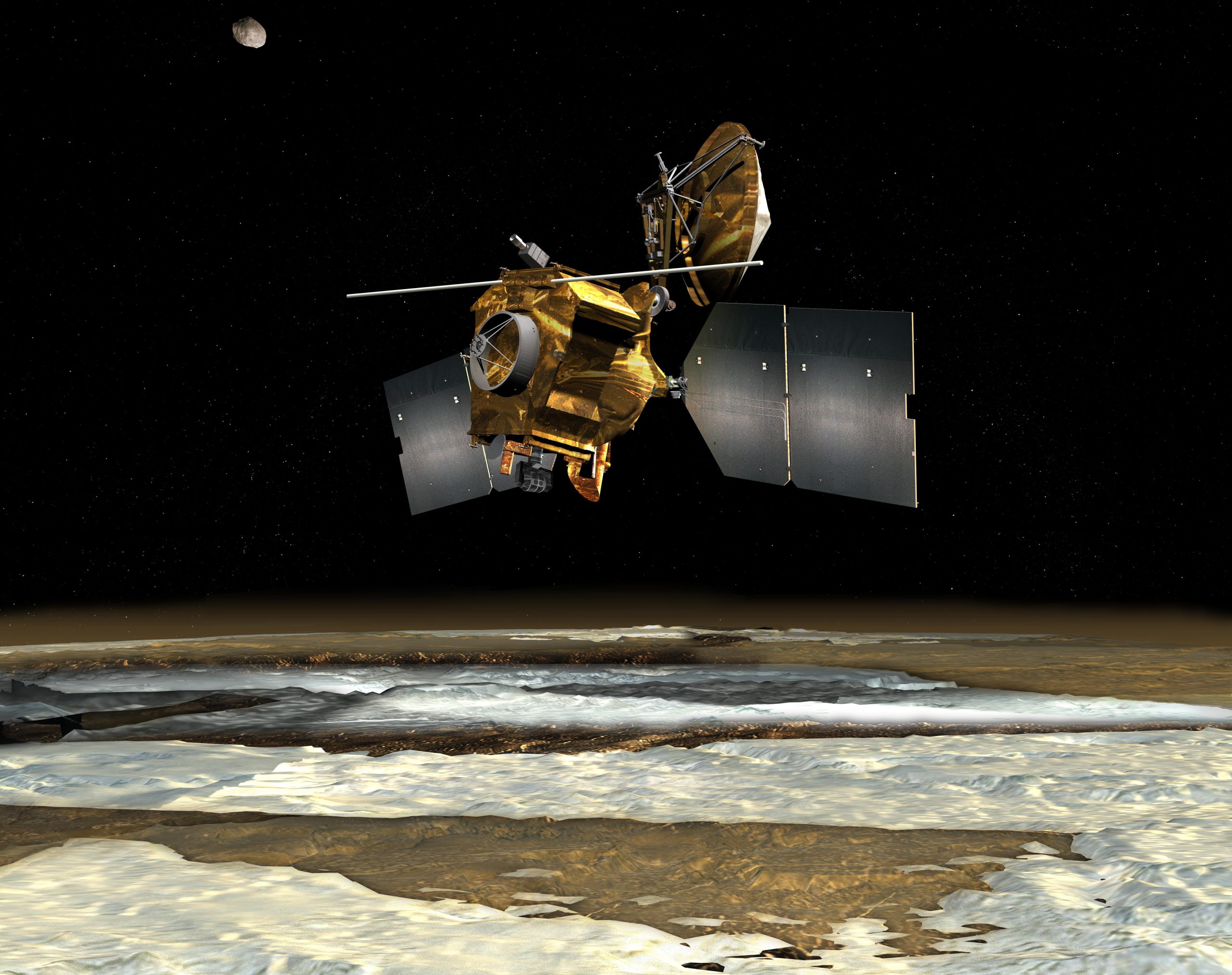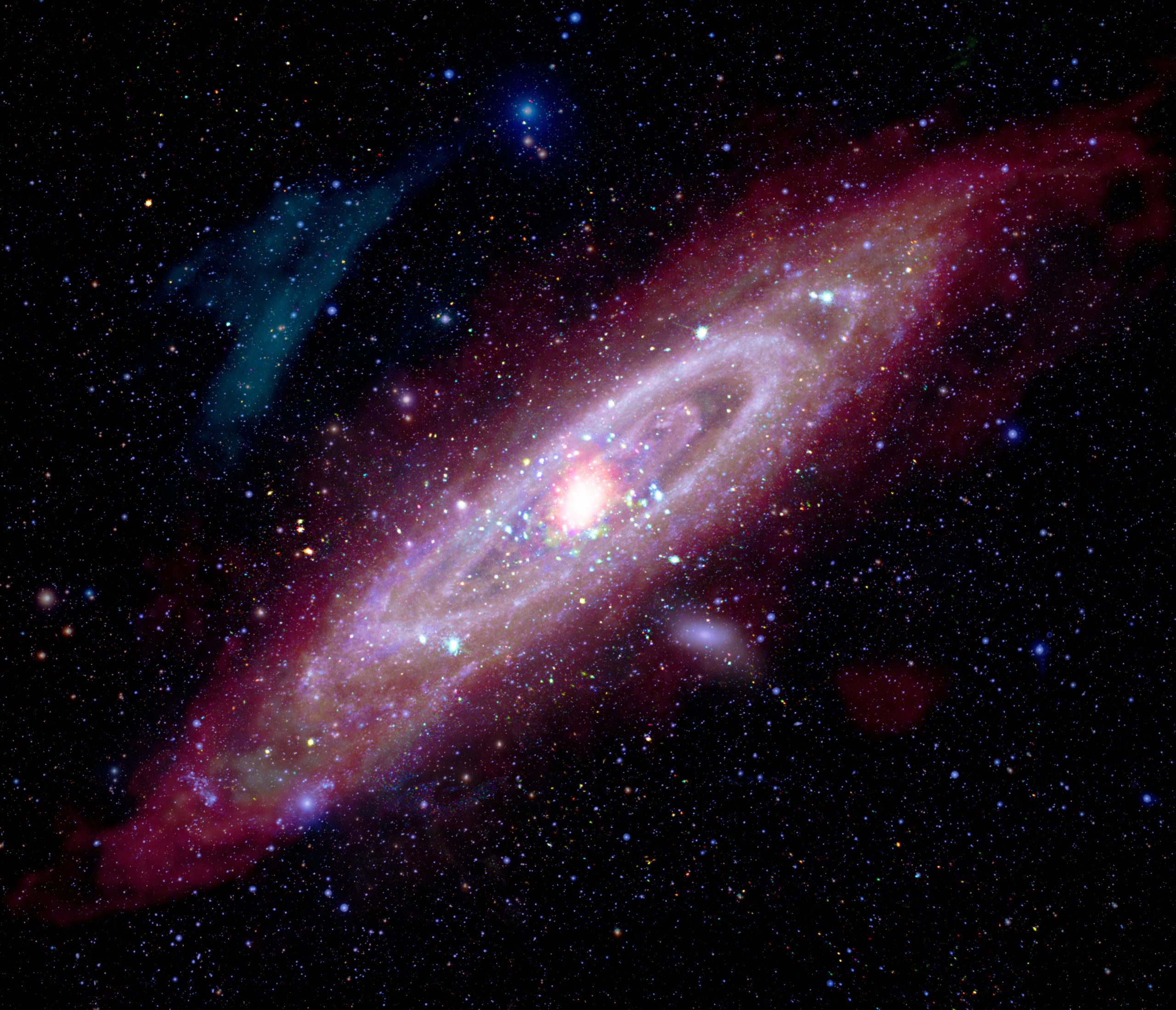Now Reading: NASA’s PACE Mission: Testing Ocean Color Instrument via Air and Sea
-
01
NASA’s PACE Mission: Testing Ocean Color Instrument via Air and Sea
NASA’s PACE Mission: Testing Ocean Color Instrument via Air and Sea
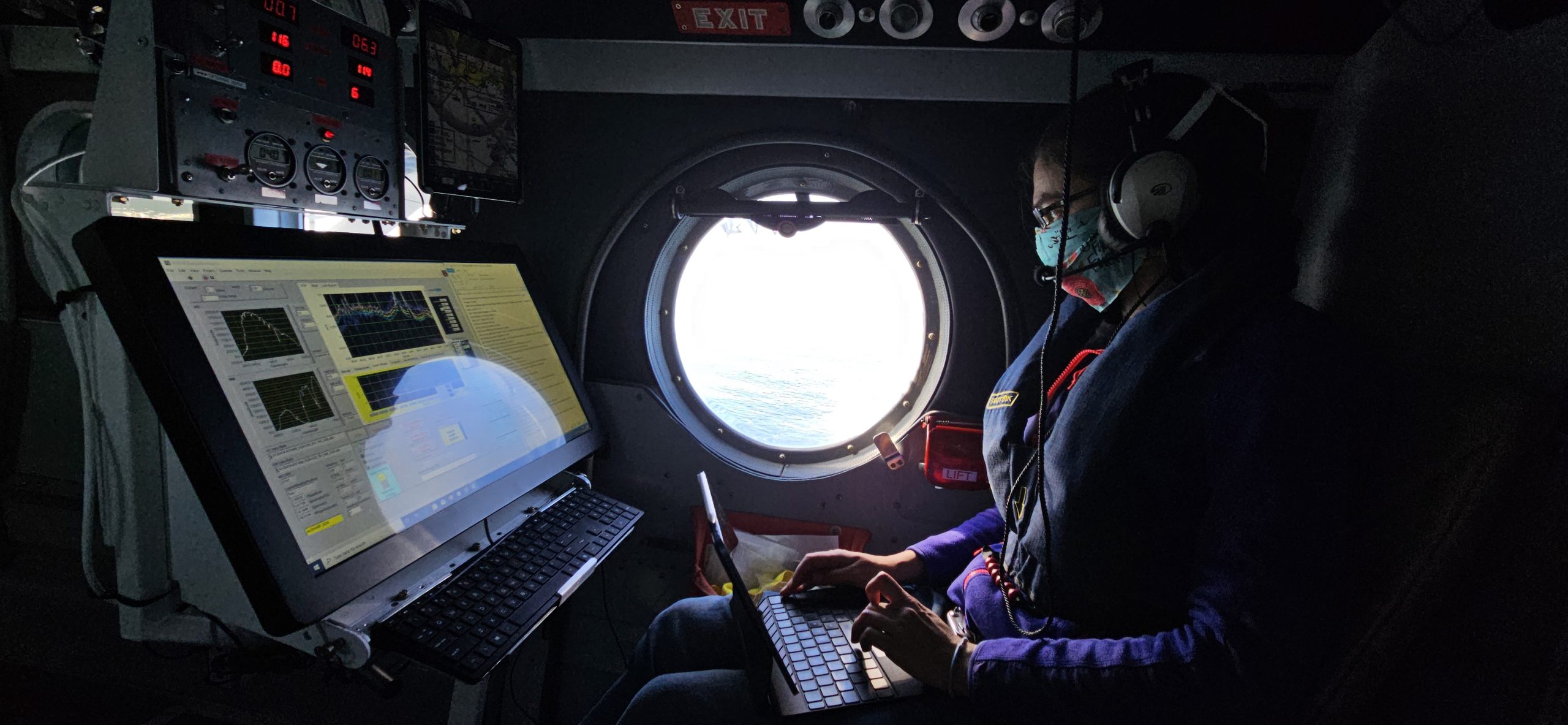
Rapid Summary:
- Event: In autumn 2024, a phytoplankton bloom occurred in California’s Monterey Bay, attracting marine life and scientists for data collection.
- Institution: NASA Ames Research Center partnered with UCSC and the Naval Postgraduate School to validate satellite observations of ocean and atmosphere.
- Mission Details:
– Part of the PACE (Plankton, Aerosol, Cloud, Ocean Ecosystem) mission launched in Febuary 2024 to study ocean surface life and atmospheric aerosols using advanced imaging technologies.
– Validation science involved collecting ground-truthing data simultaneously by air (Twin Otter aircraft) and sea (research vessel R/V Shana Rae).
– Instruments used include OCI spectrometer onboard satellites and C-AIR radiometer on aircraft alongside waterborne tools like C-OPS to measure “water leaving reflectance.”
- Focus Areas:
– Study of microscopic materials such as phytoplankton, particulates in the water column, aerosol particles in the atmosphere affecting light interaction.
– Use of Twin Otter planes for ultra-low altitude flights navigating challenging conditions near wildlife-rich bays.
- Importance: Ensuring satellite readings align with field measurements helps refine scientific models. Adjustments are made where discrepancies occur due to atmospheric variables like aerosol optical depth.
Data collected can be accessed through NASA’s archives at PACE, seabass, or PACE Website.
Indian Opinion Analysis:
India is also focusing on preserving marine ecosystems via space-based missions such as Oceansat series or ISRO’s forthcoming initiatives involving geospatial monitoring systems for environmental health. The active validation process used by NASA’s PACE project ensures high accuracy data quality-a key benchmark useful for similar programs worldwide.
This multi-part effort highlights how satellites combined with field teams can enhance understanding of delicate ecological phenomena like planktons or aerosols playing vital parts globally-for food chains interconnected everywhere including Indian coastlines exposed cyclonic /Fossil concerns



